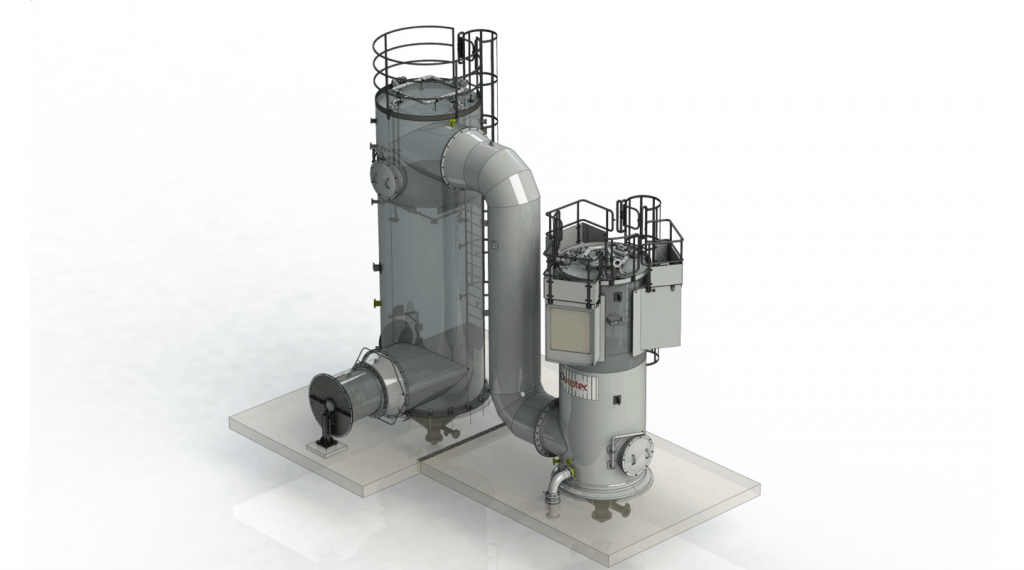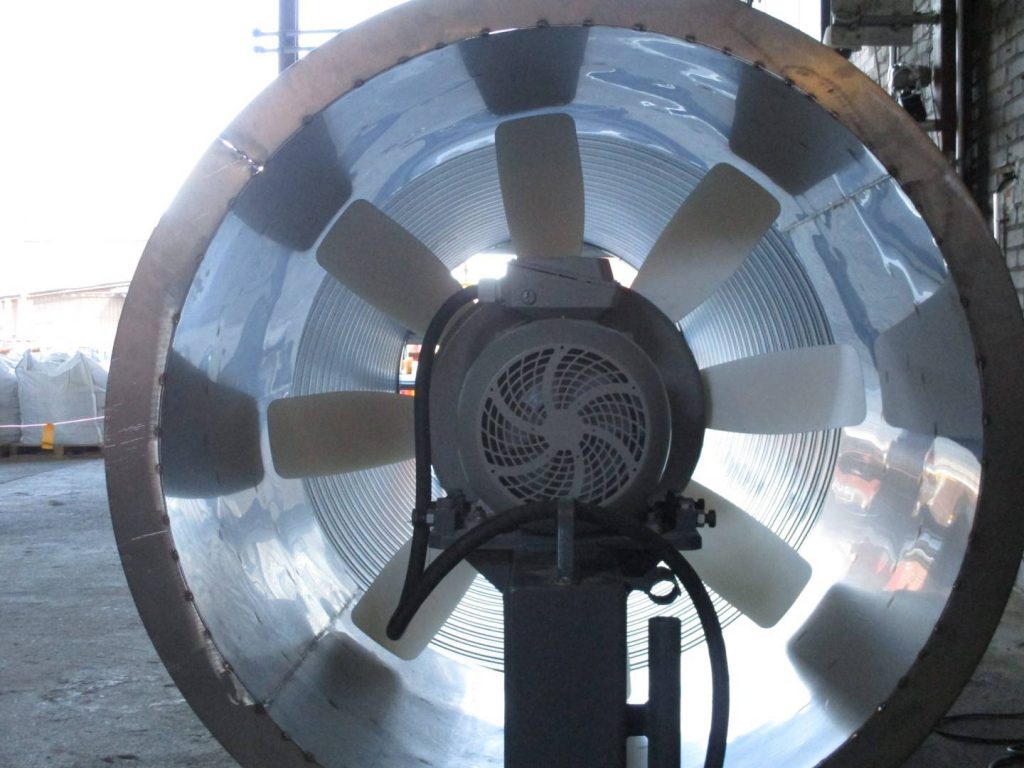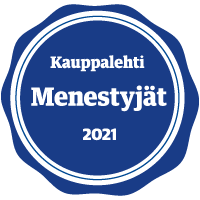Case Outotec: Product dev with 3D printing
Outotec develops leading technologies and services for the sustainable use of Earth’s natural resources. Their role is to build, maintain and even run entire operations literally from the ground up. 3D printing has proven its worth for Outotec when it comes to prototyping new parts and components for units or appliances but printing fully functional end products that can withstand harsh environments was still a bit of a mystery. A perfect opportunity to test the capabilities of 3D printed end products came when Outotec needed to downscale one of their process equipments, cooling tower CT2000. The essential fan blades in the tower’s fan unit were of particular interest: could these low volume spare parts be printed? This is what Timo Hautaniemi and the rest of the product development team set to find out.
“A cooling tower cools process solutions at different production facilities. The solutions must reach a required temperature for the process to gain maximum efficiency and that’s where the fan unit and blades come in. At first we considered using a mold to produce the blades but so many production factors pointed us towards 3D printing that it became the lead idea”, says Hautaniemi who is currently working as a technical product manager at Outotec. The molds relatively high cost, clumsiness in the product development process and when producing low volume batches made the case for 3D printing.

The cooling towers must endure harsh industrial processes so the same goes with the fan blades. The million dollar question was is there a printing material that fits the purpose. The size of the blades was also a concern: is it even possible to print parts that big? When the initial research said yes to both the actual product design could finally start.
After evaluating the potential print materials three options got test printed and sent to the Outotec Research Center for further testing. The test prints were subjected to different environments and tensile testing. For reference point unexposed control prints were also tensile tested and the geometry of the blades got optimised to match the print size limits. “There was no need to worry about the restrictions of conventional production methods when we were testing the sample prints. We chose nylon based PA2200 as the material which is printed with Selective Laser Sintering (SLS) technology. We also conducted meticulous mechanical and performance tests with the fan unit. The best part of the whole process was that we had plenty of time to do the calculations and testing. Also the risks involved when producing prototypes with a mold didn’t affect the process since rapid prototyping is so easy and relatively affordable with 3D printing”, remembers Hautaniemi when looking back on the whole design process.



The new downscaled coolin tower units have been operational in different sites around the world for some time now. Since each fan blade’s manufacturing and installation dates are on the record it’s fairly simple to update the blade’s digital model according to feedback when a blade needs replacing. Hautaniemi notes that at Outotec product development is an ongoing process: “We constantly follow the latest research and updates regarding new print materials and technology in order to improve our offering.”
The blades were one of the first 3D printed end products for Outotec. According to Hautaniemi experimental mind set played a key role when selecting 3D printing as the production method: “We have a fearless crew when it comes to pushing new things forward. The best part with this project was the allocated time for research, calculations, and testing the blades and the fan unit. Materflow supported the process with good insights on materials and printing techniques. They also have a very deep knowledge when it comes to optimising the parts geometry so that the production runs happen on the absolut maximum capacity.”
The project expanded to packaging design when Materflow’s CEO Timo Peltonen and technical director Sami Mattila designed a structure to support the blades during spare part shipments. The structure is printed out of surplus material. The co-op between Outotec and Materflow has been mutually rewarding and still going strong.





